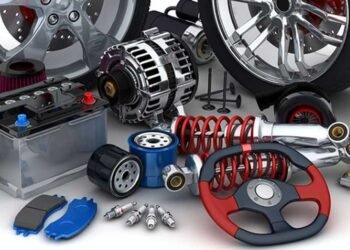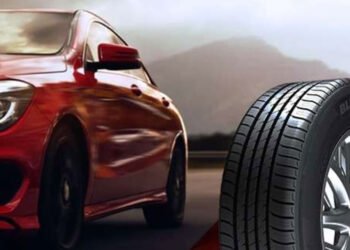It’s become increasingly clear that electric vehicles (EVs) are here to stay. The International Energy Agency predicts a 35% annual increase in the sale of EVs, with electric vehicles accounting for 18% of total car sales this year. Citizen and corporate interests show that zero-emission vehicles are the future of the automotive industry — many countries across the globe are currently scrambling to open EV battery manufacturing plants of their own to save from overseas reliance.
While the EV itself is set to stick around for the long haul, what’s the future of one of its key components — its battery? How might the charging industry advance, and what are some future trends for charging? Let’s take a look.
Increased Charger Availability
The first significant advancement is that the number of charging units is multiplying rapidly. In December 2022, there were almost three million publicly available charging stations across the globe. This is a 55% increase from the year before.
As more drivers lean towards the convenience, self-sufficiency, low-cost and environmental merits of EVs, cities and businesses are clamoring to boost charging infrastructure by installing charging stations. These won’t only fulfill eco-mandates, but will also entice new business. At the same time, an increasing number of homeowners are considering an electric car charger installation of their own for optimal convenience.
In addition to the increase in the number of physical chargers, EV and battery manufacturers are seeking more opportunities through automation to boost battery life (thus improving range) and to reduce manufacturing and purchasing costs, with developers announcing new improvements annually.
Other Advancements in the Charging Industry
Batteries in EVs are generally made up of thousands of lithium-ion cells. They work together as one. This clever system means that when cells breakdown, ceasing to function, the battery can still operate until many, many cells are destroyed. At present, EV batteries last an impressive 15 to 20 years.
The term ‘range anxiety’ is sometimes heard from those keen to explore the benefits of an EV. It makes sense. Nobody wants to breakdown on a long-haul trip. Currently, EVs can absolutely fulfill long-haul trips with some minor planning beforehand (just as you would do with a gas vehicle). However, developers are now designing batteries that will offer drivers a whopping 500 miles of range, with charges taking mere seconds, and all at a lower cost.
How can such promises be delivered?
- As mentioned above, countries are rushing to open battery manufacturing plants on their turf to cut back costs, boost internal sales, foster independence and self-sufficiency and to accelerate innovation.
- V2G technology (also known as Vehicle to Grid) greatly interests those with vehicles and their own self-powered electric grid. In basic terms, V2G allows homeowners to pull the charge from the vehicle into their home’s power grid.
Current Trends in the EV Charging Industry
EV drivers and zappi ev charger owners experience an excellent return on investment. Today, an increasing number of homeowners are adding chargers to their homes. A study by Consumer Reports found that “EVs cut repair and maintenance costs by 50 percent over similar gas cars.”Running costs are consistently reduced, too. For example, take the Volkswagen SUV, the ID.4. It costs owners just $11 USD to charge the battery, whereas filling the tank of its gas counterpart, the Tiguan, costs $38 USD.
Research is moving at a rapidly accelerated pace. Hundreds of academic, tech and auto developers across the globe, including IBM Research, the University of California Riverside and Evias, are unified in their drive to improve charge speed and boost charge range while leaning into less expensive, environmentally friendly materials that help to truly define the term “zero-emission vehicle.”
The Takeaway on EV Chargers
Electric vehicles represent one of the fastest-growing industries in the world. They’re definitely worth investing in if you’re looking to reduce your environmental footprint, save money and stay ahead of the curve. EVs are here to stay. If you’ve been debating investing in an EV or installing a charger at home, the ROI is a proven fact — consider connecting with a local electrician today!












